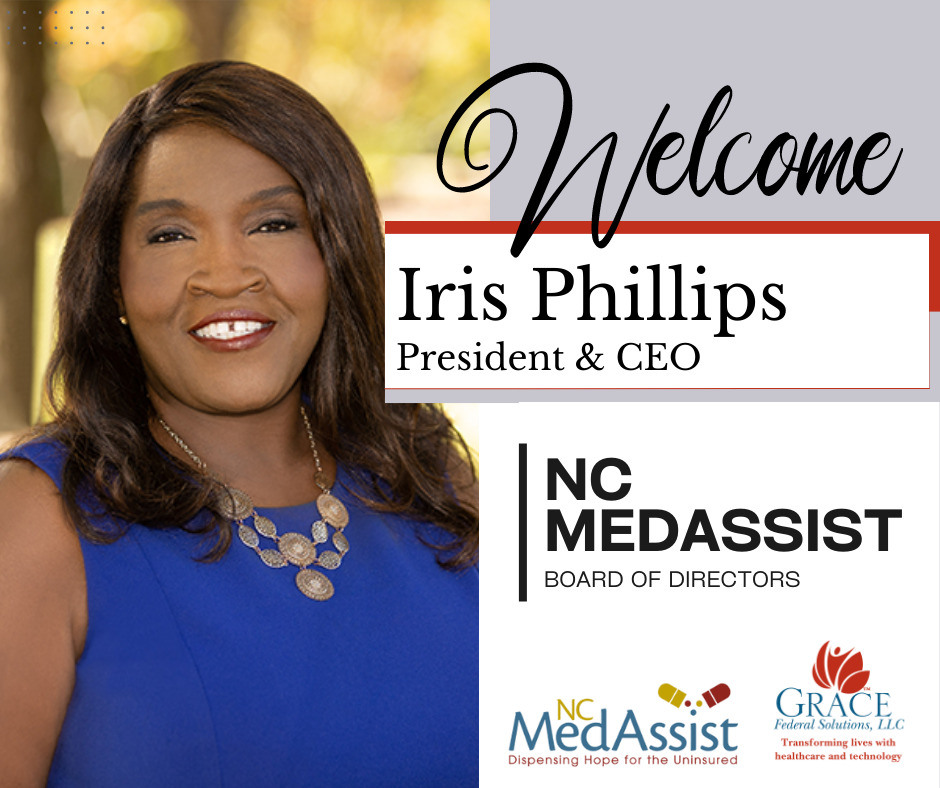Business capability modeling can be defined as both an art and a science which encapsulates the essence of an enterprise using elemental building blocks known as the business capabilities. In this process, there are four basic steps to be followed. Yes, the process is highly complex, but it can be pared down and made easier to grasp. But what exactly is business capability modeling?
The business capability model is thus a powerful tool which can be used to assess the enterprise’s current state as well as predict its future state while mapping out the steps it takes to get there.
Advantages of Business Capability Modeling
Business capabilities make things more understandable by acting as a lingua franca (common language) between business and tech teams. Often, meaning is lost when businesspeople try to understand tech jargon and vice versa. Minimize ambiguity between business and technical speak.
When requirements are aligned to capabilities, the likelihood of building fragmented and compartmentalized functionalities is decreased. This results in substantial budgetary savings. Capabilities will allow transparency which enables businesses to minimize unintended technical debt.
When it comes to orientating your business toward the future, rather than focusing on technologies (such as digital and cognitive technologies), you would conceptualize the business needs in capability terms (in other words, what is required). This empowers technologists by enabling them to define how to power the business need.
The 4 Major Steps of Business Capability Modeling
1. Understanding the Needs
If you know the direction your company is heading, it will be clear how IT can help you get there. When an IT department is left out of the loop, they are unable to make strategic decisions that will support those goals.
A useful starting point is to review your company’s strategy and goals. Involve all the relevant stakeholders and get comprehensive feedback. Remember that a purpose-built enterprise business capability model will be instrumental in aligning business and technology by translating strategic intent into an operational framework.
2. Defining the Business Capabilities
What are the primary capabilities that your business needs in order to operate. When defining these capabilities, focus only on the few most important ones. The world’s leading businesses generally use fewer than ten capabilities on the top level. Remember to use both top-down (what the company wants to achieve) and bottom-up (what is already in place) thinking to get the most thorough results.
3. Assessing the Business’s Capabilities
An assessment of your business’s capabilities will reveal that not all capabilities have equal importance. Use pre-defined criteria as your basis for all future analysis and planning.
The assessment provides a quantitative method to identify organizational strengths and weaknesses and assist in highlighting the business capabilities which could limit the ability to achieve business goals. It can also provide input into the planning and prioritizing investments and reveal growth opportunities.
4. Link Capabilities to Applications
Creating a bridge between business and IT is the crux of the process. This fourth step focuses on the reality that applications differ from IT components in that they are always able to link to a specific business purpose.
Because business users employ them to create value, applications are the ideal conduit between the company’s technology architecture and its business architecture.
Your business capability map will be a thorough and cohesive summary and collection of the enterprise’s abilities. This exhaustive set of business capabilities will outline the business’s underlying functions and should include present and as well as targeted future capabilities.
This process – although arduous – will reap rewards for your business along the line.
For years Grace Federal Solutions has been creating customized processes that incorporates state-of-the art technology. Contact us today to find out more about how we can help with your business capability modeling.






